Side channel blowers are essential components used in a variety of industrial applications where reliable airflow and vacuum generation are needed. The production of these blowers involves a series of meticulous steps to ensure high performance and durability. From mold casting to the final packaging, each phase in the manufacturing process plays a crucial role in the overall quality of the product. This article delves into the detailed steps involved in the production of side channel blowers.
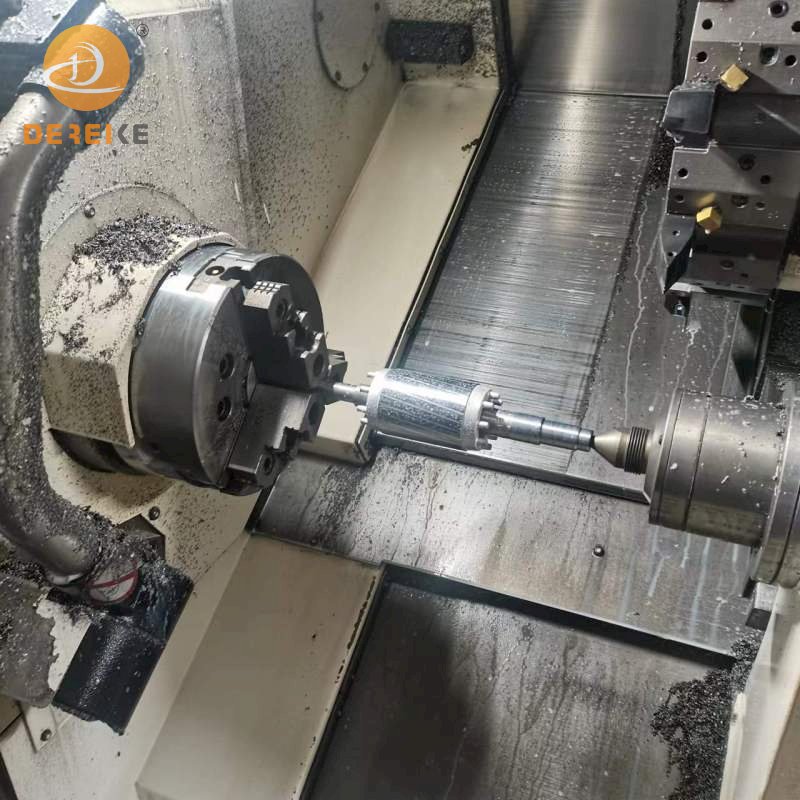
The production of a side channel blower begins with mold casting, which is the process of creating the blower's casing and other vital components. During this stage, molten metal is poured into a mold to form the housing. Aluminum alloys are typically used, as they strike a balance between durability and weight.
The mold serves as the foundation for the blower's construction, and its precision is crucial for ensuring the proper functioning of the blower. A well-cast mold guarantees minimal air leakage, which improves the blower's efficiency. It also plays a role in extending the lifespan of the blower by preventing wear and tear on the housing.
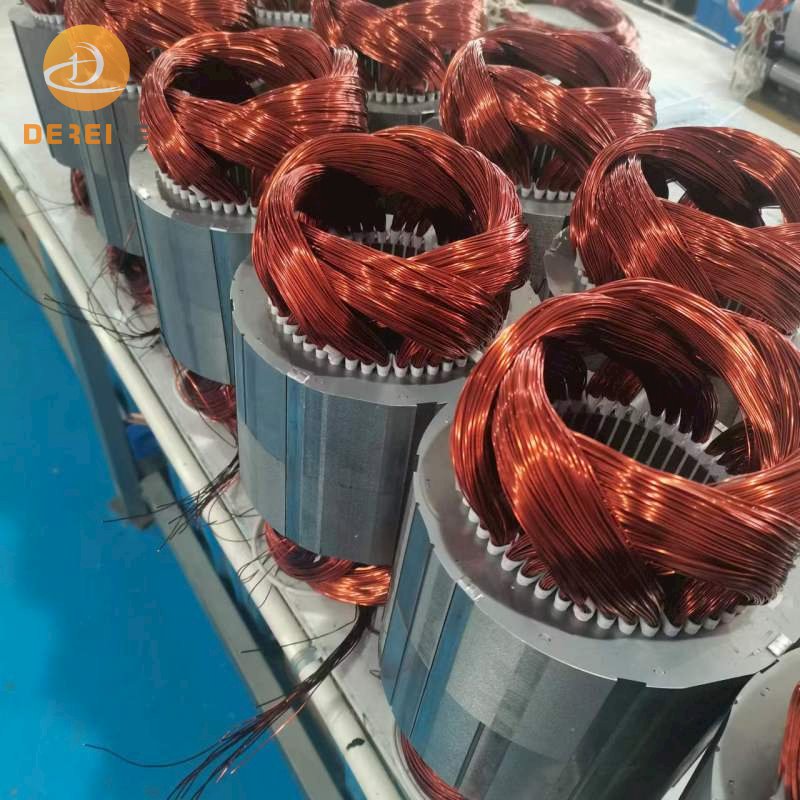
Next comes coil production, where copper wire is wound into coils that are critical for the motor. These coils generate the magnetic field that powers the blower’s motor. Precision is key in this step, as the number of windings and the thickness of the wire need to be carefully calibrated to meet the blower’s specifications.
The process involves winding copper wire around a spool. The exact number of windings and wire gauge depend on the specific requirements of the blower’s motor. Even small changes in the winding pattern can impact the blower’s overall performance, so it’s important to maintain consistency and high standards throughout the production.
A high-quality coil is essential for optimal blower performance. It ensures that the motor operates efficiently, reducing energy consumption while increasing the blower’s longevity. Any deviation in the coil’s structure can lead to performance issues and unnecessary wear on the blower’s motor.
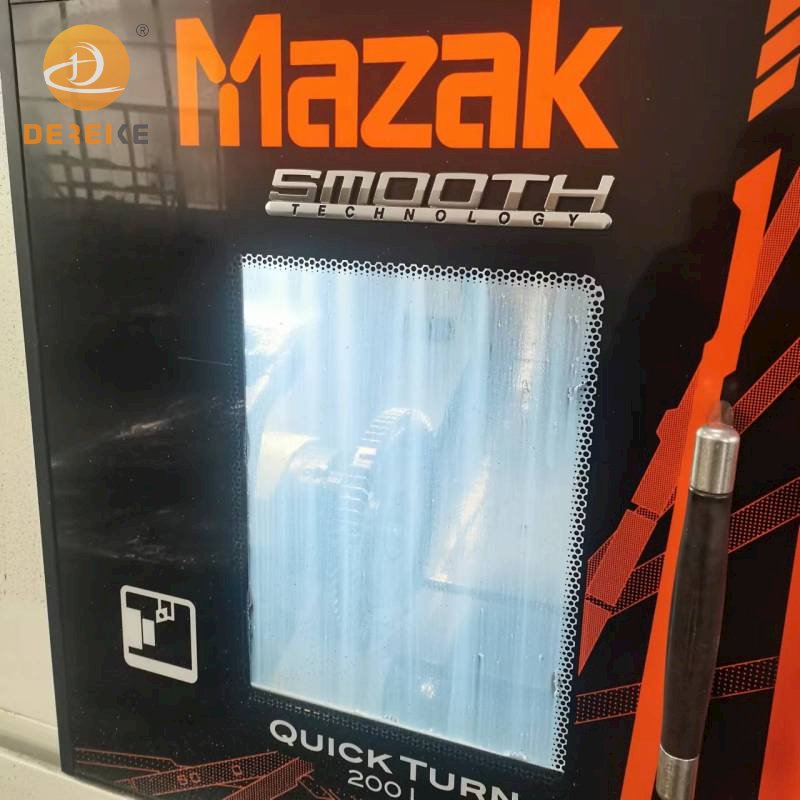
Once the housing and coils are ready, the components undergo CNC milling and precision machining. CNC (Computer Numerical Control) machines are used to ensure that all parts are precisely shaped and smooth, ensuring a perfect fit for assembly.
CNC milling enables manufacturers to create parts with extremely precise dimensions. This is particularly important for the side channel blower, as any misalignment can lead to issues like vibration or inefficient airflow. The process involves drilling, cutting, and shaping parts to exact specifications, ensuring everything fits together seamlessly.
Precision machining helps eliminate potential issues such as noise, energy loss, and mechanical wear. By ensuring that every component is made to the exact specifications, manufacturers can guarantee the blower’s efficiency and longevity.
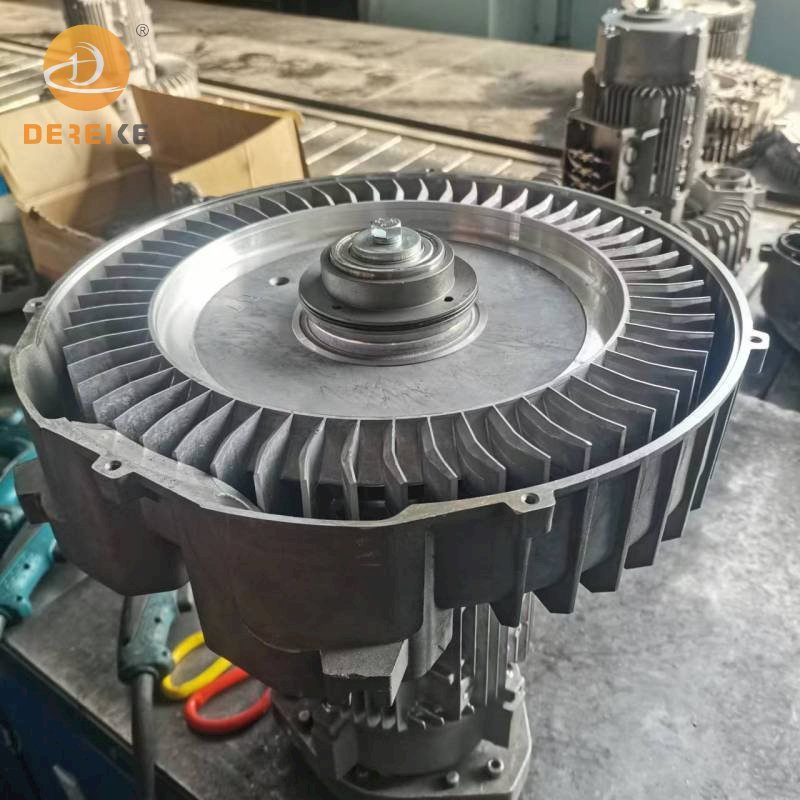
After all parts are machined, the next step is blower assembly. This involves putting together the motor, housing, coils, and other components into a complete unit. Skilled technicians handle this phase, ensuring that each part is correctly installed and secured.
During assembly, the motor is connected to the coil and the impeller. The impeller is responsible for moving air through the blower, and its placement is crucial for smooth operation. Once everything is assembled, technicians perform tests to make sure that all components fit properly and function as they should.
Assembly requires careful attention to detail. If any component is incorrectly installed, it could lead to air leakage, motor failure, or suboptimal performance. Rigorous quality control checks are implemented at each stage to ensure that every blower meets the highest standards of performance.
Once assembled, the side channel blower undergoes painting and finishing. This step not only improves the aesthetic of the blower but also provides a protective coating to prevent rust and wear from environmental factors.
The paint used in this step is typically an industrial-grade, high-performance coating. It’s designed to withstand extreme conditions such as heat, moisture, and chemicals. The paint serves as a barrier, protecting the blower from corrosion and ensuring its longevity in harsh environments.
A well-applied finish doesn’t just make the blower look good; it’s also a protective measure that extends the life of the blower. It ensures that the unit continues to operate efficiently without the risk of external damage over time.
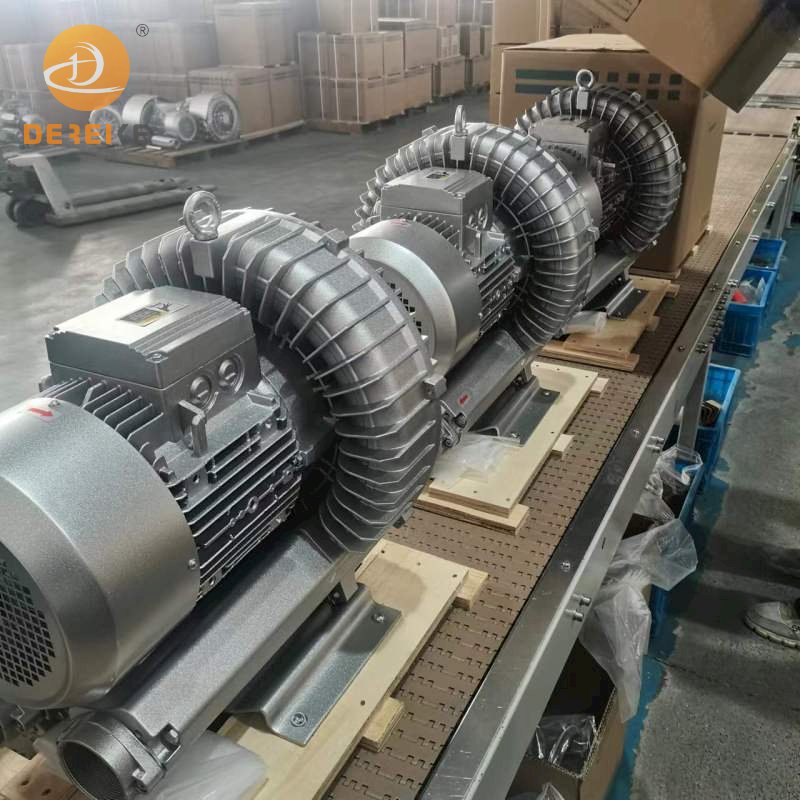
The final stage of production is packaging and shipping. After the blower has been fully assembled and finished, it’s carefully packaged to prevent damage during transit. This involves the use of foam padding, shrink wrap, and other protective materials to safeguard the blower.
Side channel blowers are delicate pieces of machinery, and proper packaging is essential to ensure they arrive in perfect condition. Each unit is packed with care, with sufficient protection to avoid any impacts or scratches during handling and transport. Additionally, the packaging includes necessary labels and installation instructions, helping customers with setup and maintenance.
Once packaged, the blowers are ready for distribution. Depending on the location of the customer, the blowers may be shipped by land, sea, or air. Efficient logistics are crucial to ensuring timely delivery while maintaining the integrity of the product.
The production process of side channel blowers involves several stages, each crucial for ensuring the final product is efficient, reliable, and durable. From the initial mold casting to the final packaging and shipping, every step must be carefully executed to meet high manufacturing standards. Quality control and precision are key factors in ensuring that the blowers perform optimally throughout their lifespan, making them an indispensable part of many industrial systems.
With a solid production process in place, manufacturers can ensure that their blowers provide consistent, high-quality performance, making them a trusted solution for industrial air-moving needs.